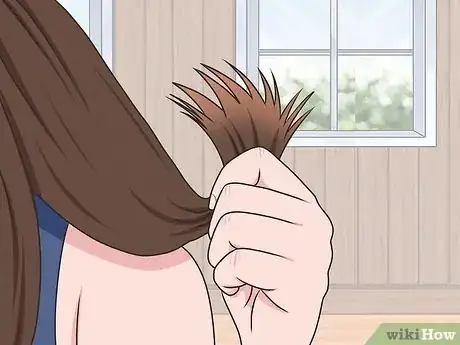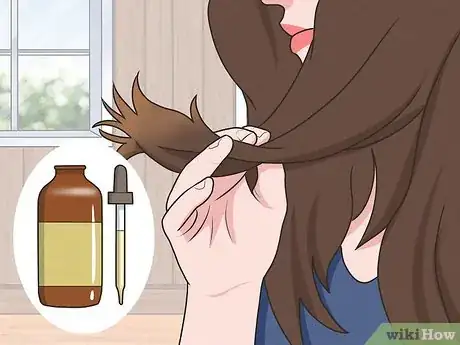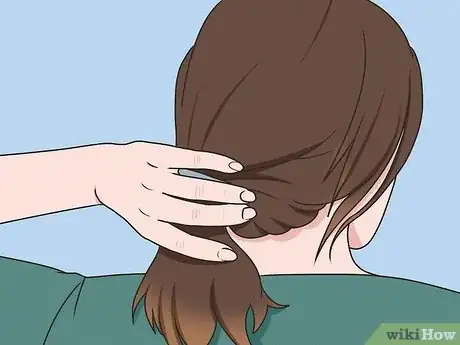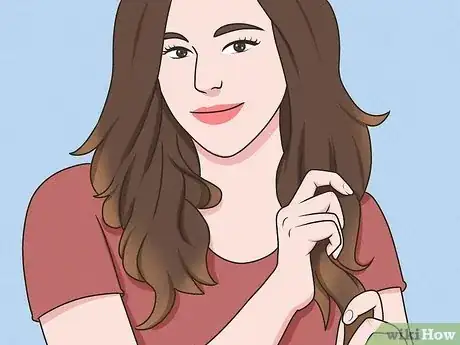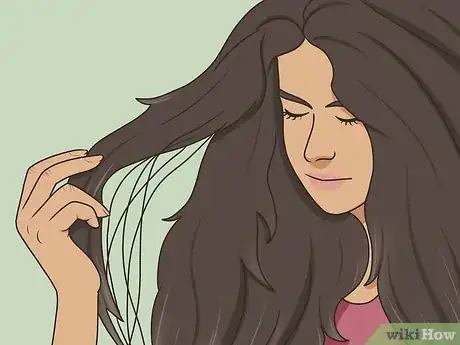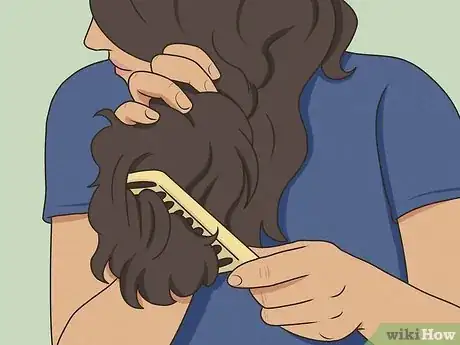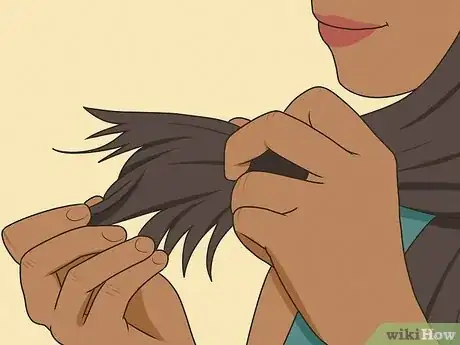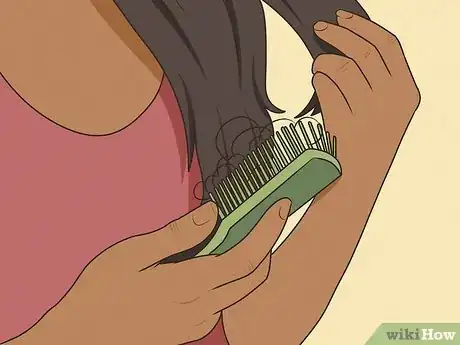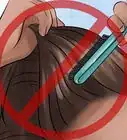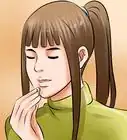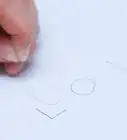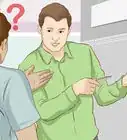This article was co-authored by Christine George and by wikiHow staff writer, Hannah Madden. Christine George is a Master Hairstylist, Colorist, and Owner of Luxe Parlour, a premier boutique salon based in the Los Angeles, California area. Christine has over 23 years of hair styling and coloring experience. She specializes in customized haircuts, premium color services, balayage expertise, classic highlights, and color correction. She received her cosmetology degree from the Newberry School of Beauty.
This article has been viewed 6,478 times.
You love your long, luscious locks, which means you probably love curling them, straightening them, and blow drying them, too. While all these things make you look and feel awesome, they aren’t super great for the health of your hair cuticle, or what makes up your hair strands. If you’ve noticed that your hair doesn’t feel as good as it used to, it’s likely that some of your hair habits have caught up to you. Fortunately, there are ways to repair your hair and make it feel soft and luxurious again in no time. Read through this article to learn all of the signs your hair is damaged and how you can go about fixing it.
Things You Should Know
- Split ends usually mean your hair is damaged, since they indicate that your hair is dry.
- If your hair looks dull or frizzy, it could be lacking in moisture, which usually means that it’s been damaged.
- Your hair may also be damaged if it changes in texture or you notice any hair loss or thinning.
- Repair damaged hair by using deep conditioning treatments and staying away from heat styling tools as much as possible.
Steps
Split ends
-
Split ends mean that your hair is dehydrated. Take a look at a single strand of your hair on the very end: does the tip look split into 2 (or even 3)? If so, then you probably have split ends, which is a very common sign of damage. Split ends are typically caused by using heat styling tools or by brushing your hair too often, which can affect your hair’s ability to retain moisture.[1] X Research source
- How to fix it: Get a trim and cut down on the heat styling tools. Split ends are very common in people with long hair, so they’re no big deal! Ask your stylist to cut off any damaged ends, then try some no-heat styling techniques.
Dryness and dullness
-
Damaged hair can’t lock in hydration, which can make it appear dull. Healthy hair typically looks glossy and shiny, because the cuticle is intact. When your hair gets dry, it might lose its shine a bit, appearing dull or flat in photos and in the mirror. Typically, hair becomes dull from heat damage.[2] X Research source
- How to fix it: Lock in hydration with hair oils. Oils add moisture naturally to give your hair that sleek, shiny finish. Try Argan oil or coconut oil, then dab a little onto the ends of your hair when it’s dry. This intense moisture will help repair your cuticles and give your hair its healthy glow back.
Breakage
-
Unhealthy hair breaks easily, leading to shorter patches of hair. Have you ever noticed that some of your hair strands are much shorter than the rest of your hair? It’s likely that those strands broke off, likely due to damage and split ends. Hair can break both when it’s wet and when it’s dry, and it’s usually caused by heat damage or bleach damage.[3] X Trustworthy Source American Academy of Dermatology Professional organization made of over 20,000 certified dermatologists Go to source
- How to fix it: Wear loose hairstyles that don’t pull your hair. Tight hairstyles like braids, ponytails, and hair extensions can make breakage even worse. Try to wear your hair down as often as possible so it has a chance to grow and repair itself.
- You can tell if your hair is damaged by grabbing a strand and pulling on it gently from each end. Healthy hair will stretch to about 1/3 of its length, while unhealthy hair will snap and break.
- Or, run your fingers through your hair from roots to ends. Unhealthy hair might feel thick up top, but thin at the ends.
Flyaways
-
Flyaways mean your hair can’t lay flat. When you use a lot of heat styling tools, it strips the moisture out of your hair. This means that the cuticles are more open to damage, which leads to flyaways (or those hairs that just won’t stay put). This can be frustrating, especially if you like your hair to look sleek and shiny.[4] X Trustworthy Source American Academy of Dermatology Professional organization made of over 20,000 certified dermatologists Go to source
- How to fix it: Cut down on heat styling tools. Instead of using a hair dryer, let your hair air dry most of the time. When you do use heat styling tools, always use a heat protectant spray to prevent more damage to your cuticles.
Frizziness
-
Damage causes breakage, which can lead to frizzy hair. Frizziness is typically caused by split ends or from your hair breaking off. While healthy hair looks sleek and shiny, damaged hair might look frizzy, or like you’ve just stuck your finger in an electrical socket. Your hair can be frizzy while it’s dry or while it’s wet, but either way usually indicates damage.[5] X Trustworthy Source American Academy of Dermatology Professional organization made of over 20,000 certified dermatologists Go to source
- How to fix it: Use conditioner after washing your hair. Frizzy hair is dry hair, and dry hair needs moisture. If you aren’t already, be sure to condition your hair strands every time you use shampoo to take care of damaged hair.
- Keep in mind that sometimes, “frizzy” hair is actually naturally wavy or curly. If you’re not sure, try techniques to bring out the natural curl in your hair before deciding that it’s damaged.
Knots and tangles
-
Damaged hair cuticles tend to stick together more easily. Healthy hair tangles rarely, and when it does, it’s easy to brush out. Damaged hair might have more knots and tangles, and you might have a tough time combing them out. This can happen while your hair is dry, but you might also notice knots and tangles while your hair is wet, too.[6] X Research source
- How to fix it: Comb through knots and tangles gently with a wide-toothed comb and a detangler spray. Pulling, tugging, and ripping at knots will only damage your hair more. Instead, spray on some detangler to make your hair slippery, then gently comb your hair from the bottom up.
Changed texture
-
When your hair changes texture, that typically means it’s dry. Your hair might have been silky smooth in the past, but now it feels rough or coarse. Or, maybe you had natural curls in your hair, but now it’s wavy or even straight. Damage like this is usually due to excess heat or bleaching, especially over a long period of time.[7] X Research source
- How to fix it: Cut off damaged ends and use a restorative treatment. Usually, a texture change is hard to reverse, and the best way to fix it is to wait it out. Grow your hair out for as long as possible, and try not to color it or use heat styling tools too much. Use a restorative treatment, like Olaplex, to repair your hair and restore the bonds.
- Not sure if your hair is damaged? Grab a 1 in (2.5 cm) section between 2 fingers, then gently run your fingers from roots to ends. If the surface feels uneven or full of bumps, then your hair is damaged.
- A change in texture might be due to damage, but it can also happen as we age or go through hormonal changes. If your hair isn’t damaged but your texture has changed dramatically, it could be because of puberty, pregnancy, or menopause.
Hair loss or thinning
-
Hair loss can sometimes be caused by damage, not genetics. While male pattern baldness is typically caused by genetic predisposition, hair loss and hair thinning can also be caused by weakened or damaged hair. You might notice that you have patches of thin hair or even bald spots due to hair loss.[8] X Trustworthy Source Mayo Clinic Educational website from one of the world's leading hospitals Go to source
- How to fix it: Talk to a doctor and describe your symptoms. While hair loss can be caused by damage, it may also be a hormone or vitamin deficiency. Your doctor will run tests to see what’s causing your hair loss and the best way to reverse it.
- It can be tough to tell whether or not you’re losing hair. Watch for hair shedding, or losing lots of hair while brushing or washing your hair.
- You might also be losing hair if you notice less volume and bounce overall.
You Might Also Like
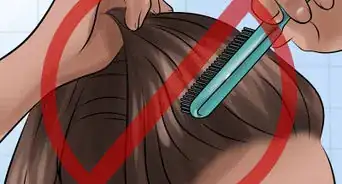
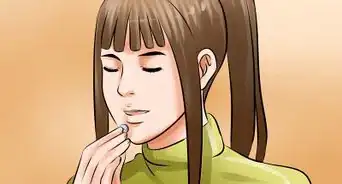
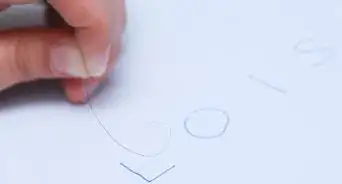
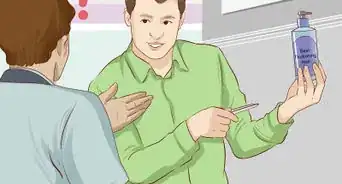
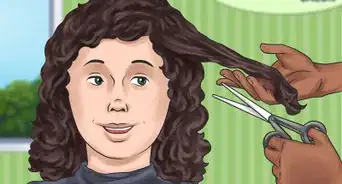
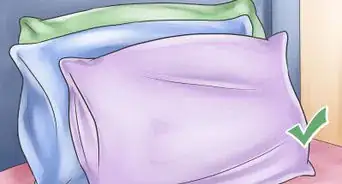
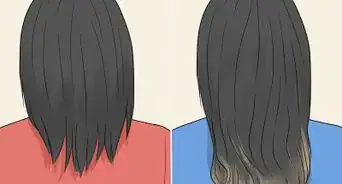
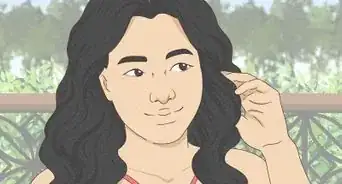
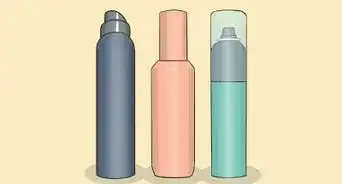 How to Style Dry & Wet Hair with Texture Spray
How to Style Dry & Wet Hair with Texture Spray
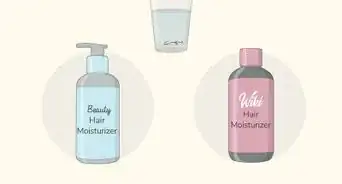
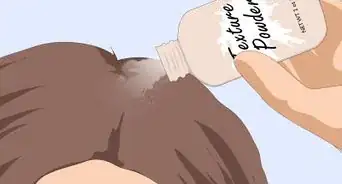
References
- ↑ https://www.ogleschool.edu/blog/split-ends-telling/
- ↑ https://www.southernliving.com/fashion-beauty/hairstyles/healthy-hair-signs
- ↑ https://www.aad.org/public/diseases/hair-loss/insider/stop-damage
- ↑ https://www.aad.org/public/diseases/hair-loss/insider/stop-damage
- ↑ https://www.aad.org/public/diseases/hair-loss/insider/stop-damage
- ↑ https://www.southernliving.com/fashion-beauty/hairstyles/healthy-hair-signs
- ↑ https://www.goodhousekeeping.com/uk/beauty/hair/a567246/hair-loss-how-the-menopause-affects-your-hair/
- ↑ https://www.mayoclinic.org/diseases-conditions/hair-loss/symptoms-causes/syc-20372926
About This Article

